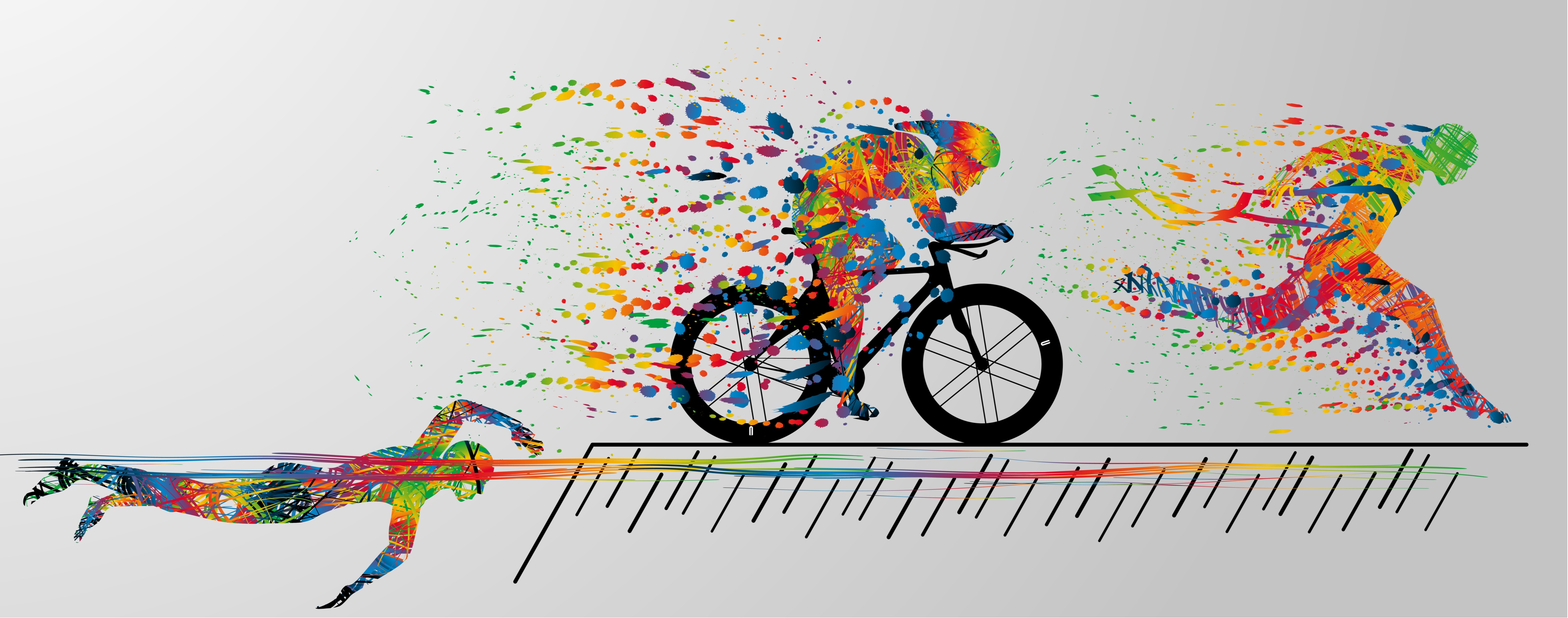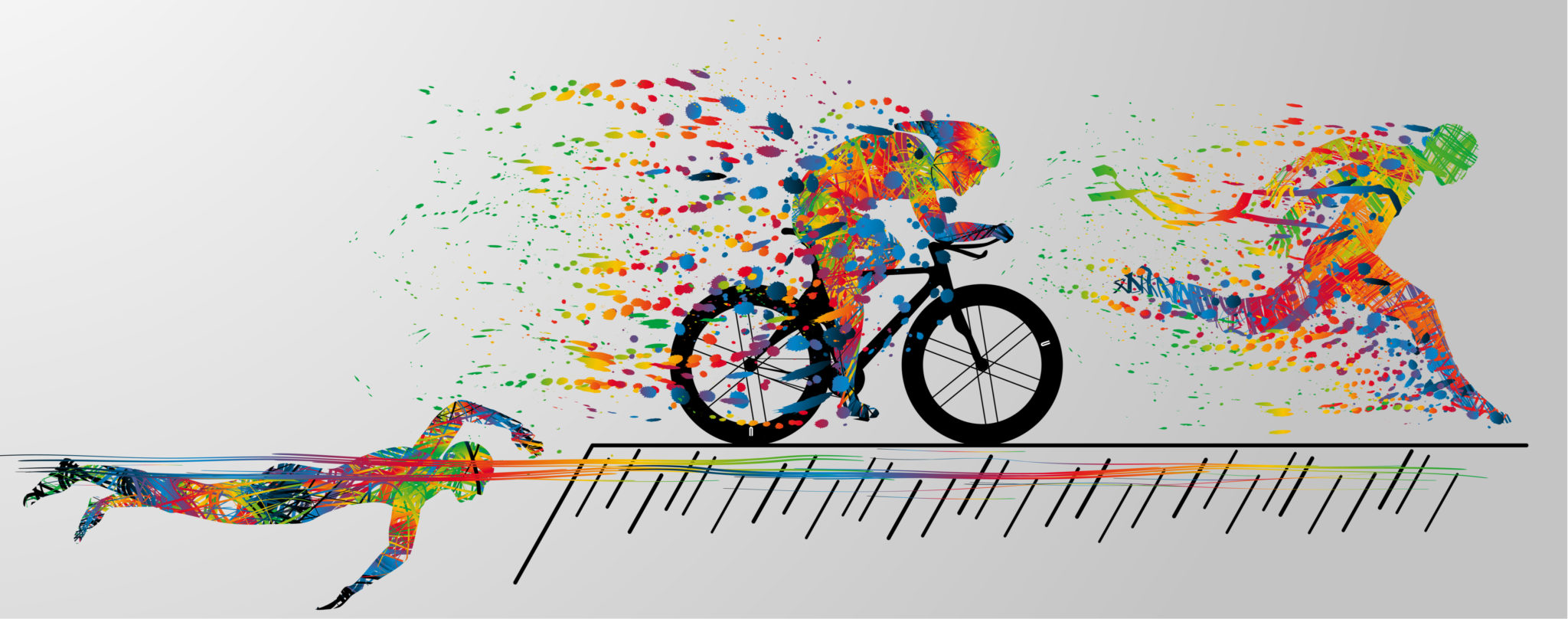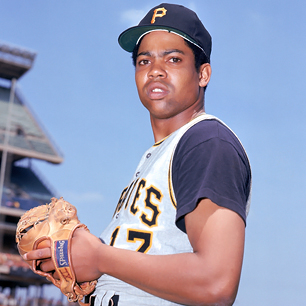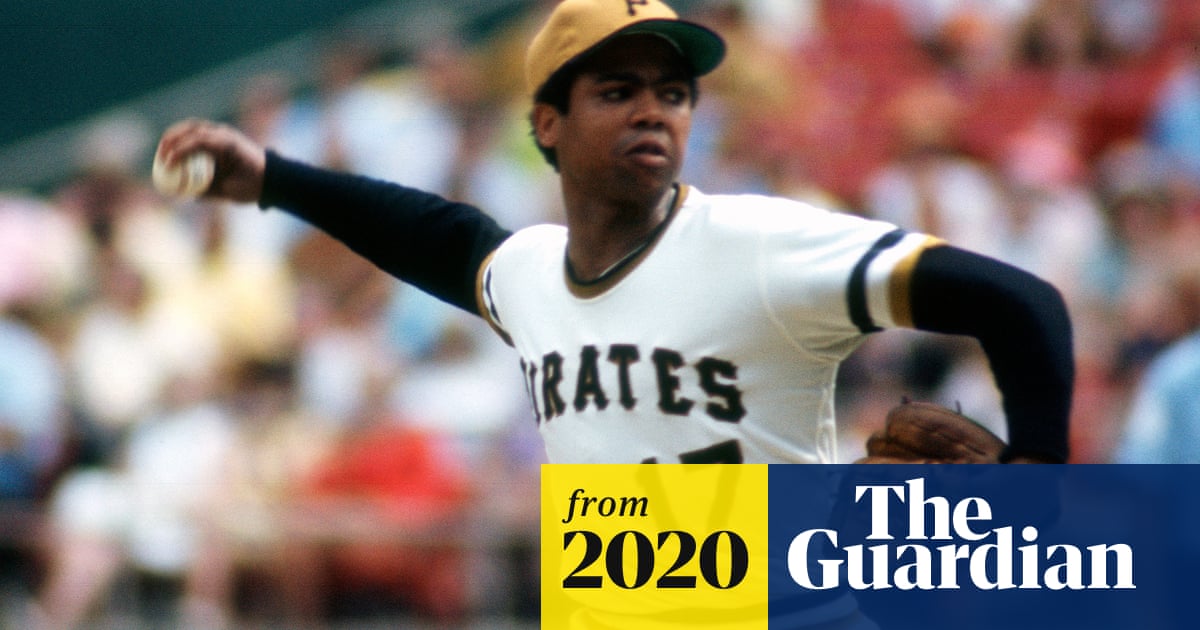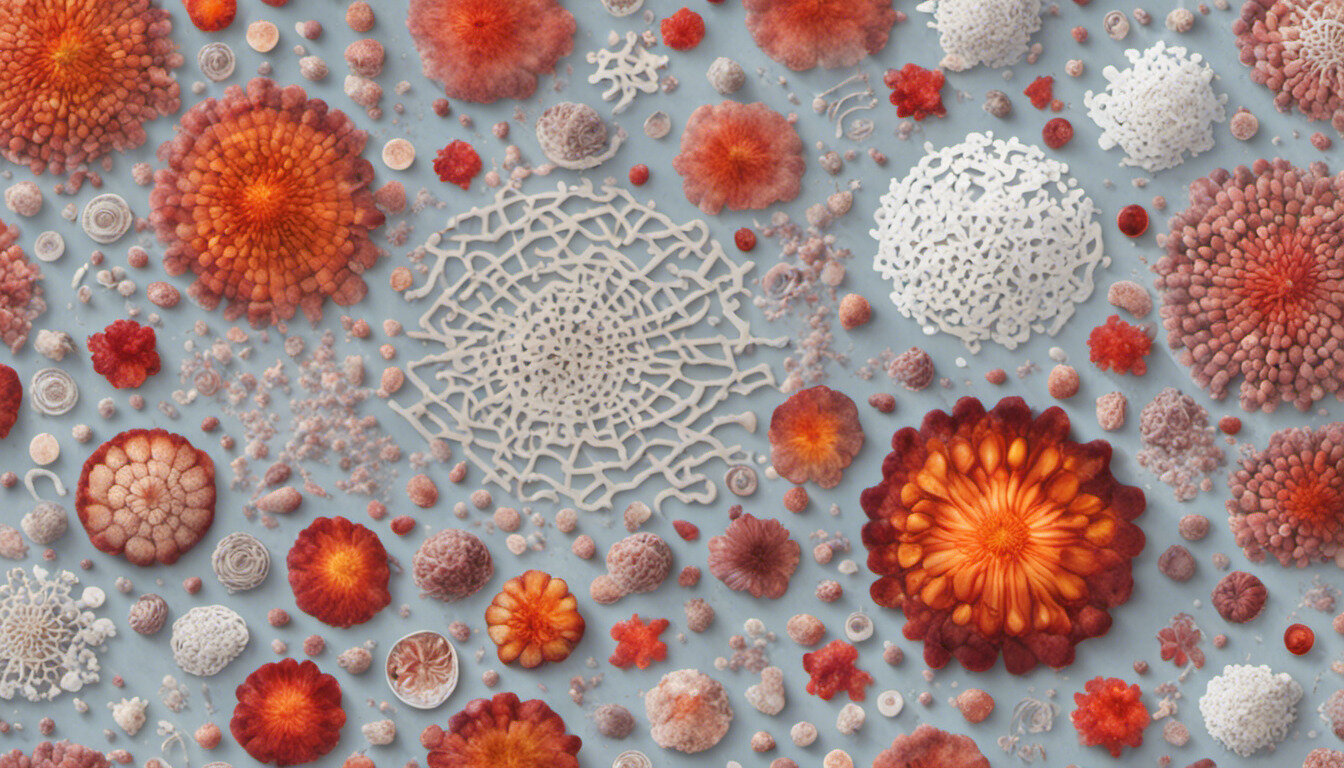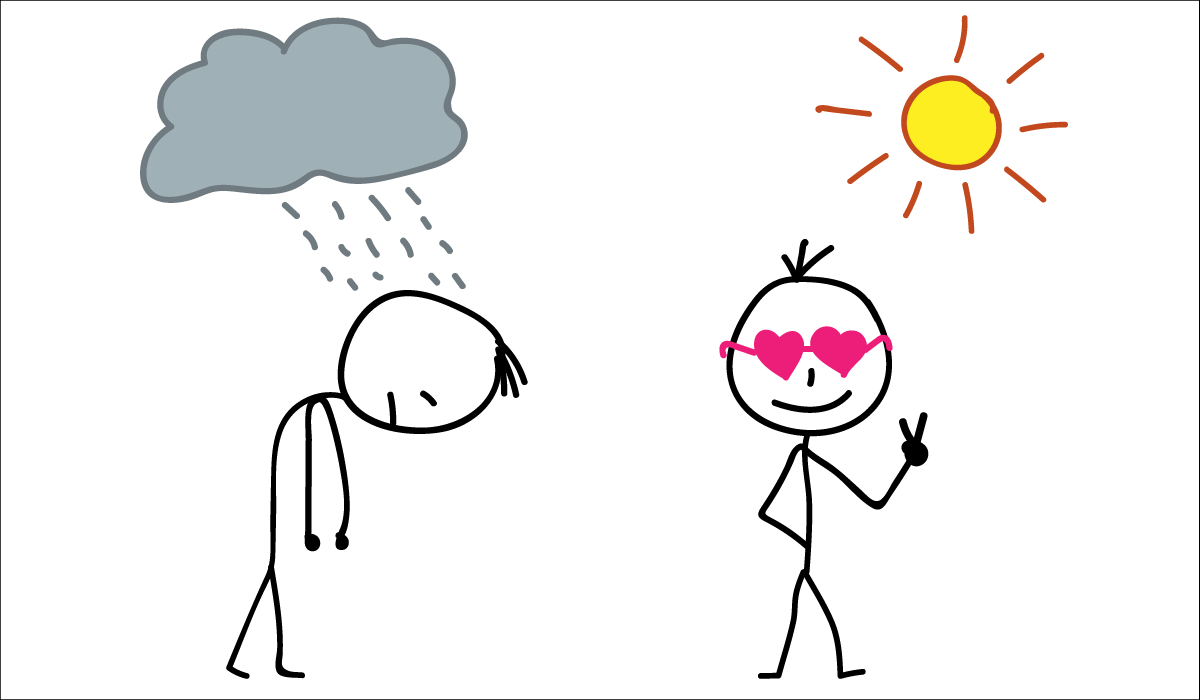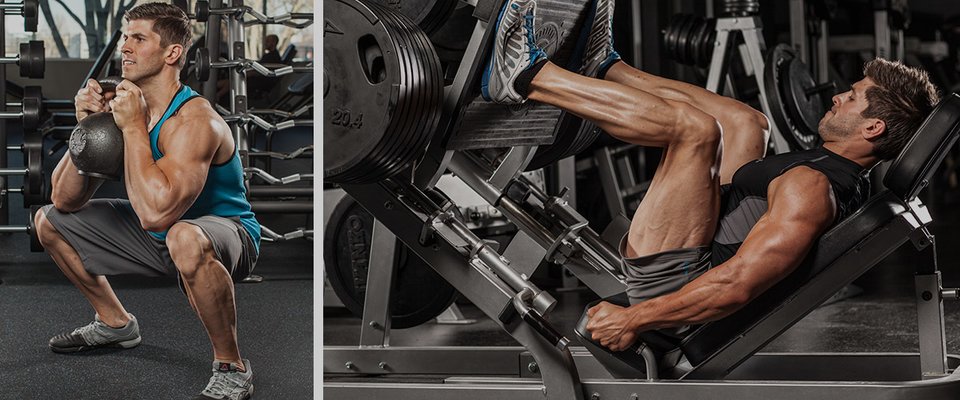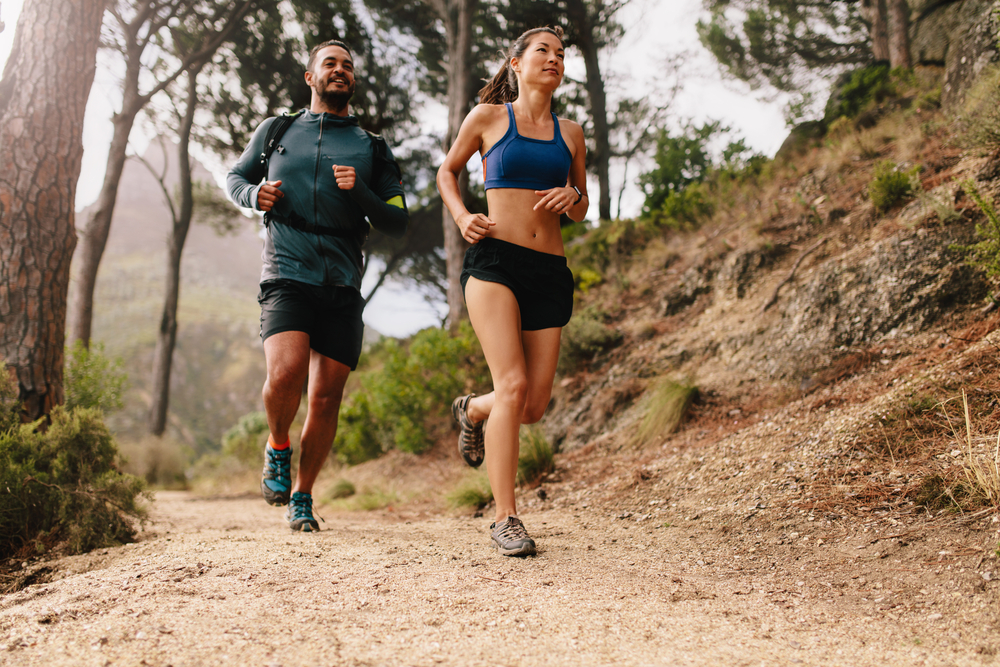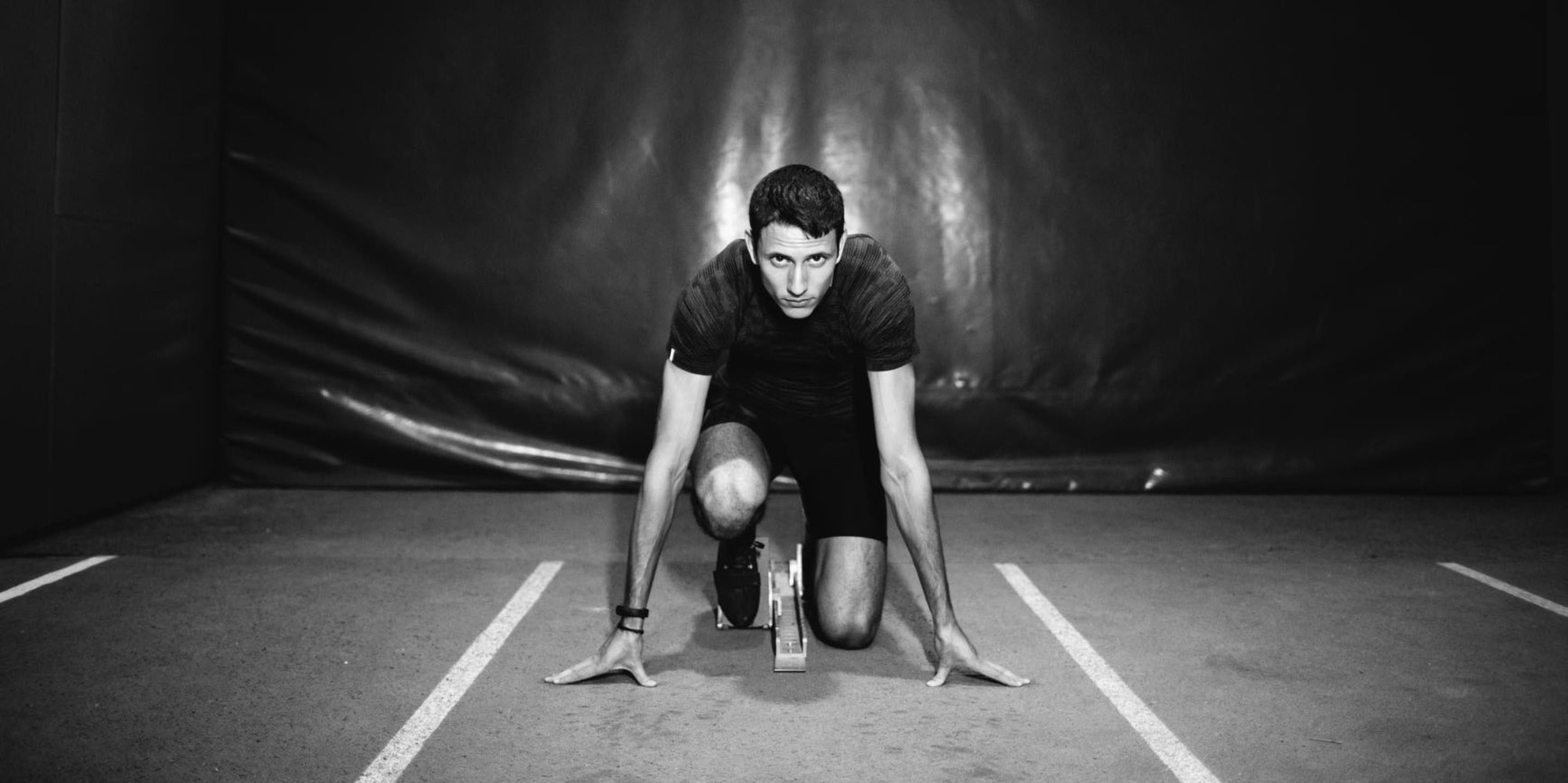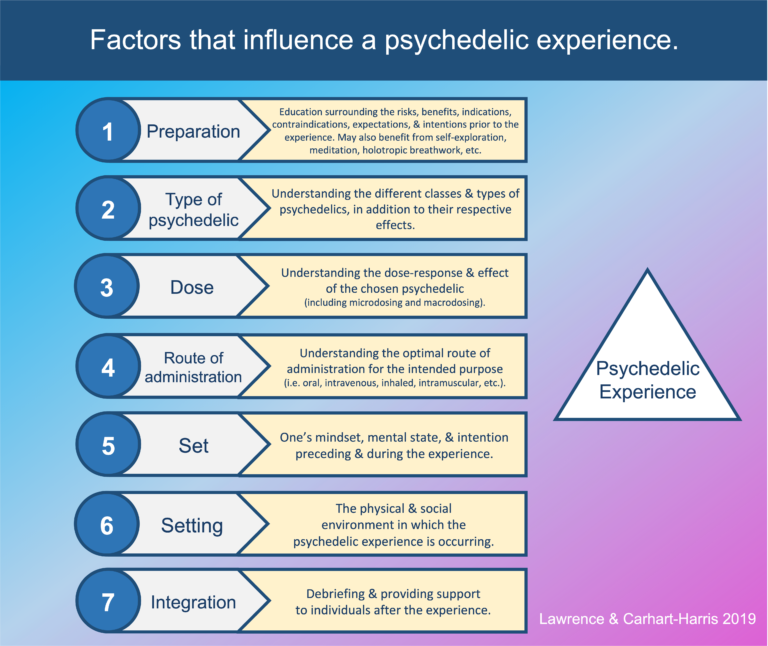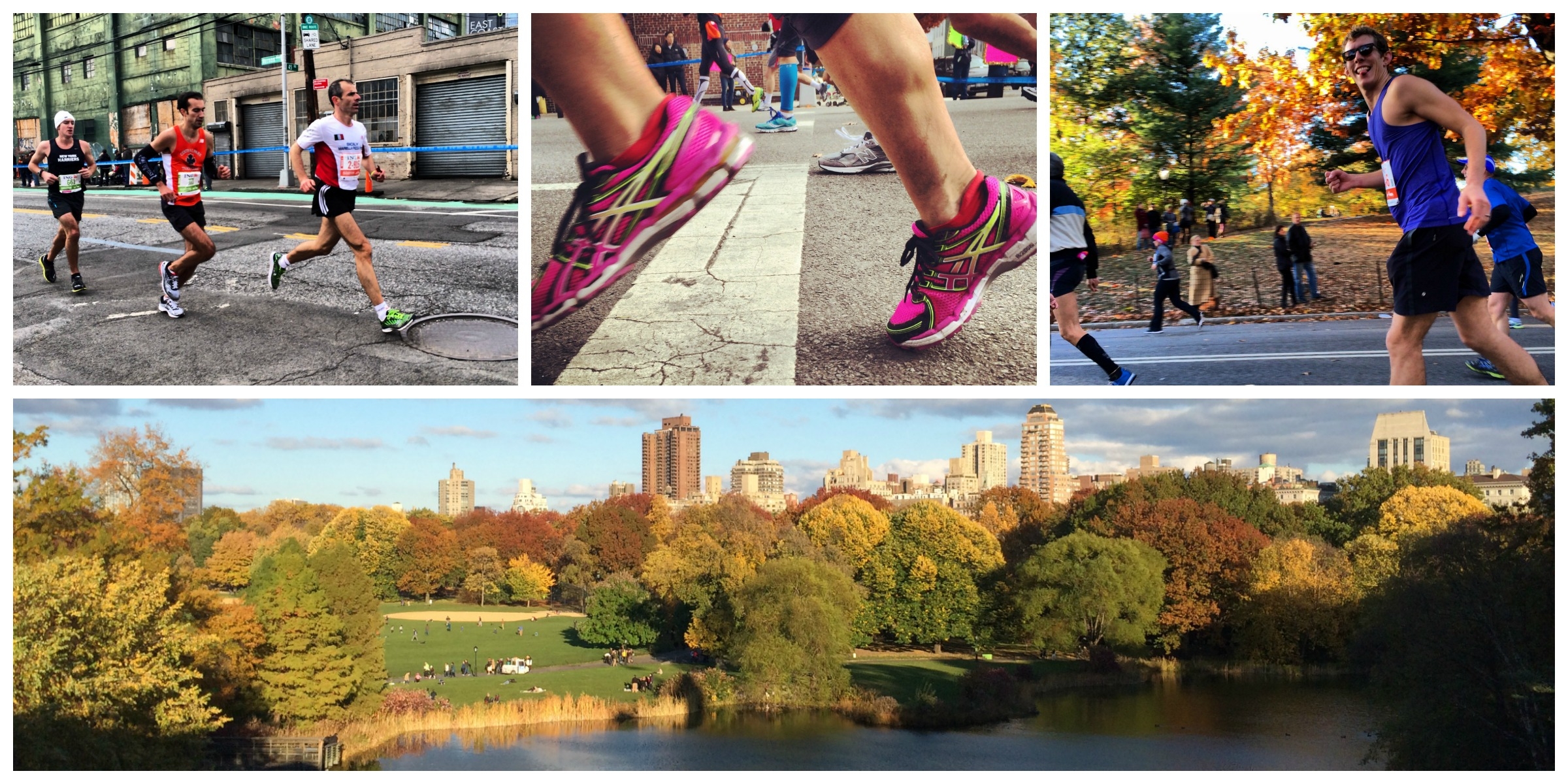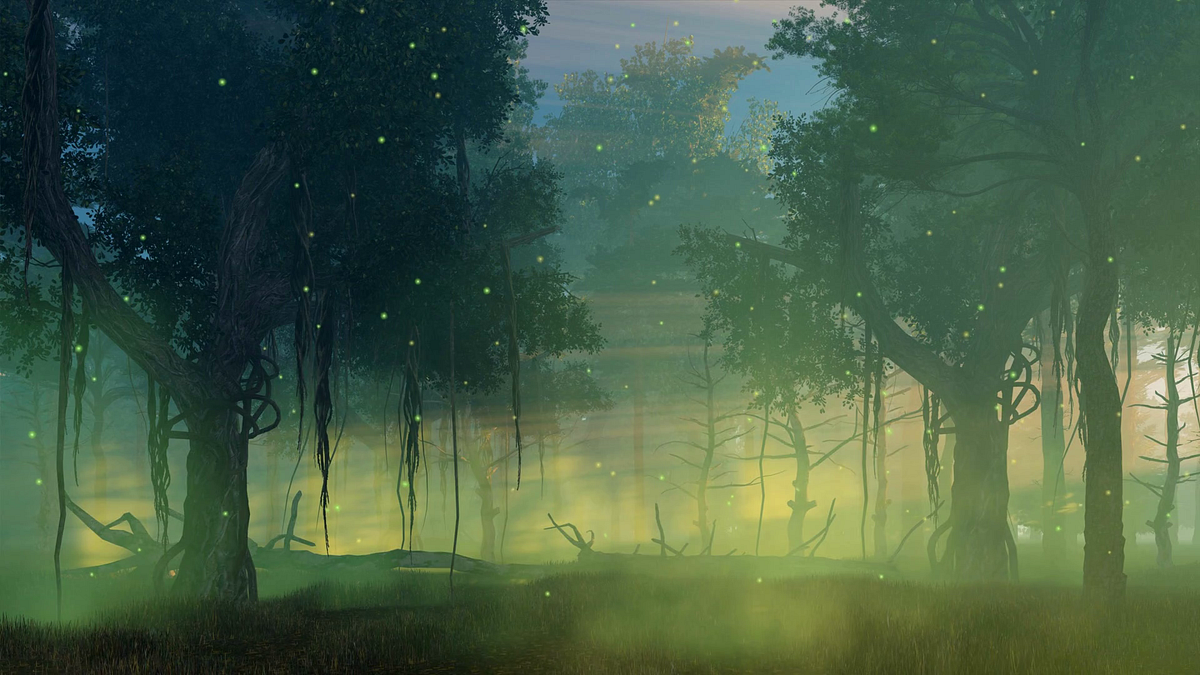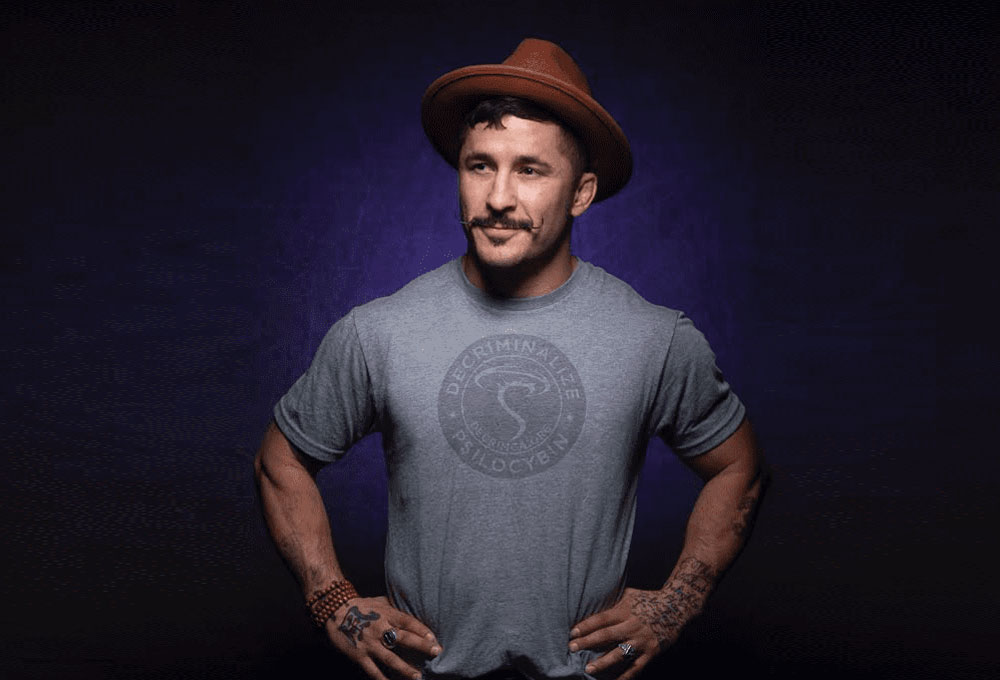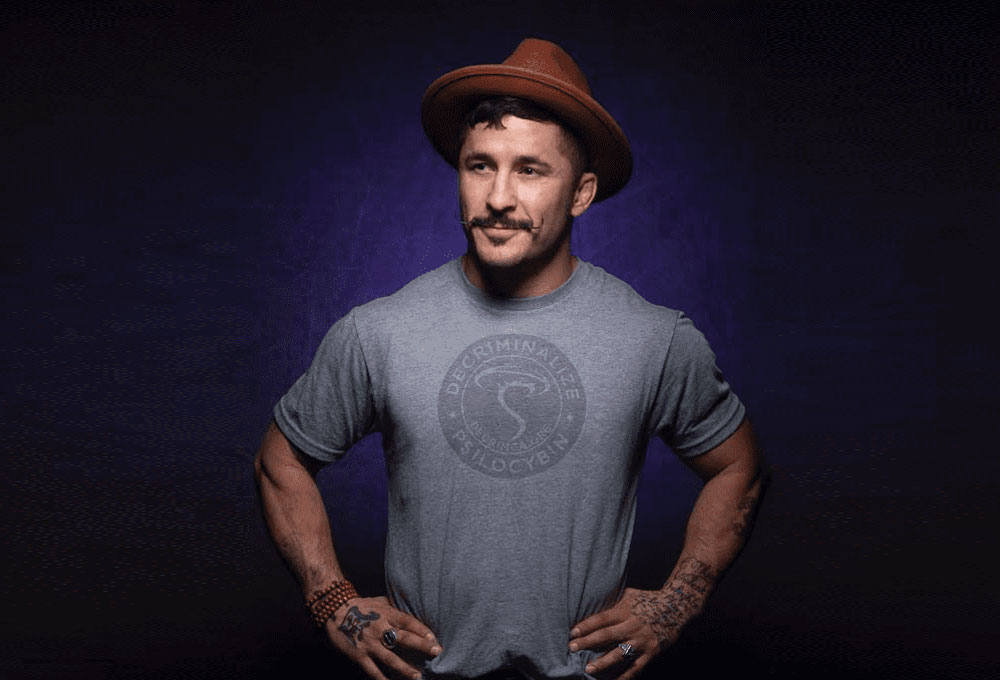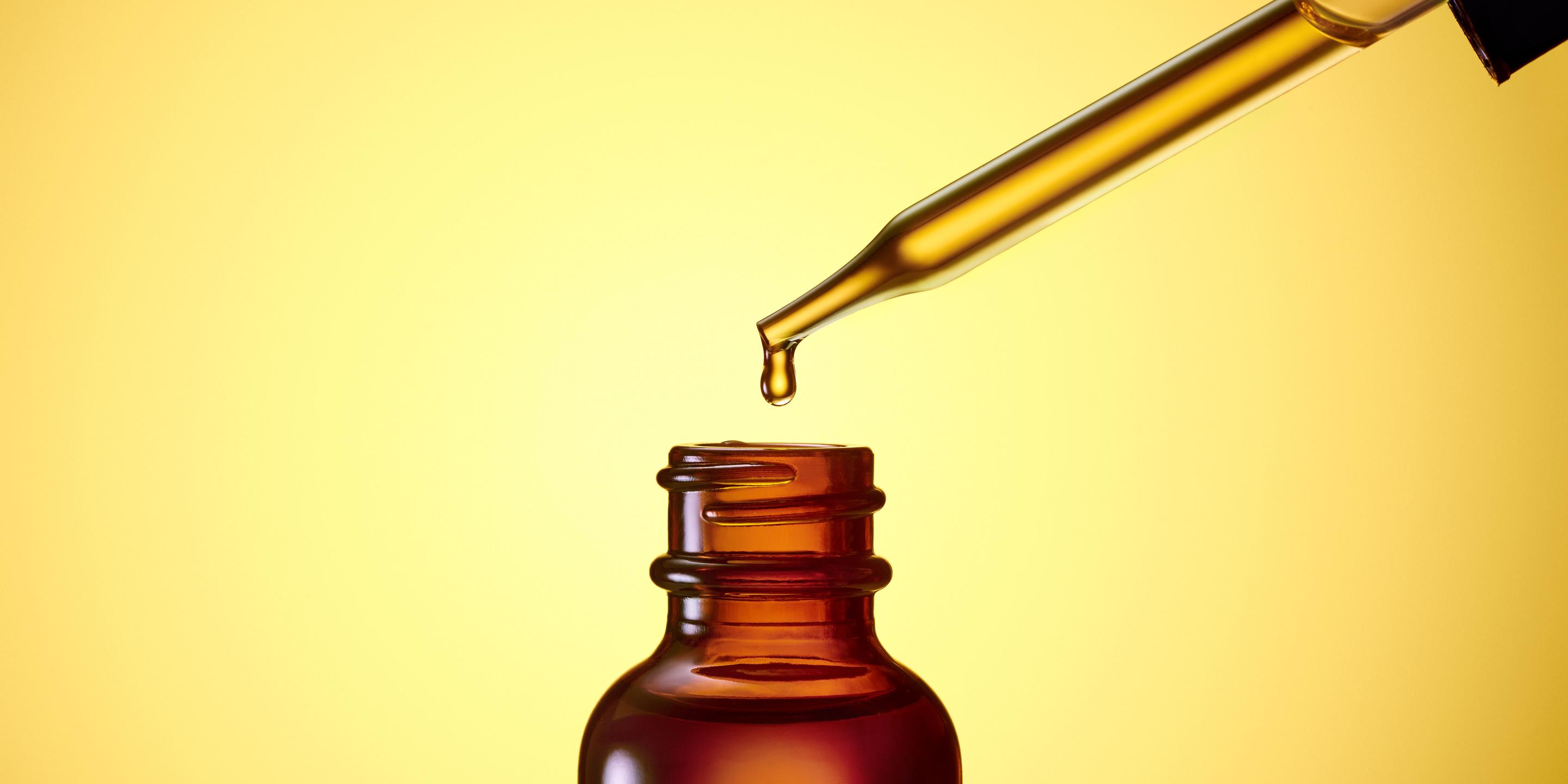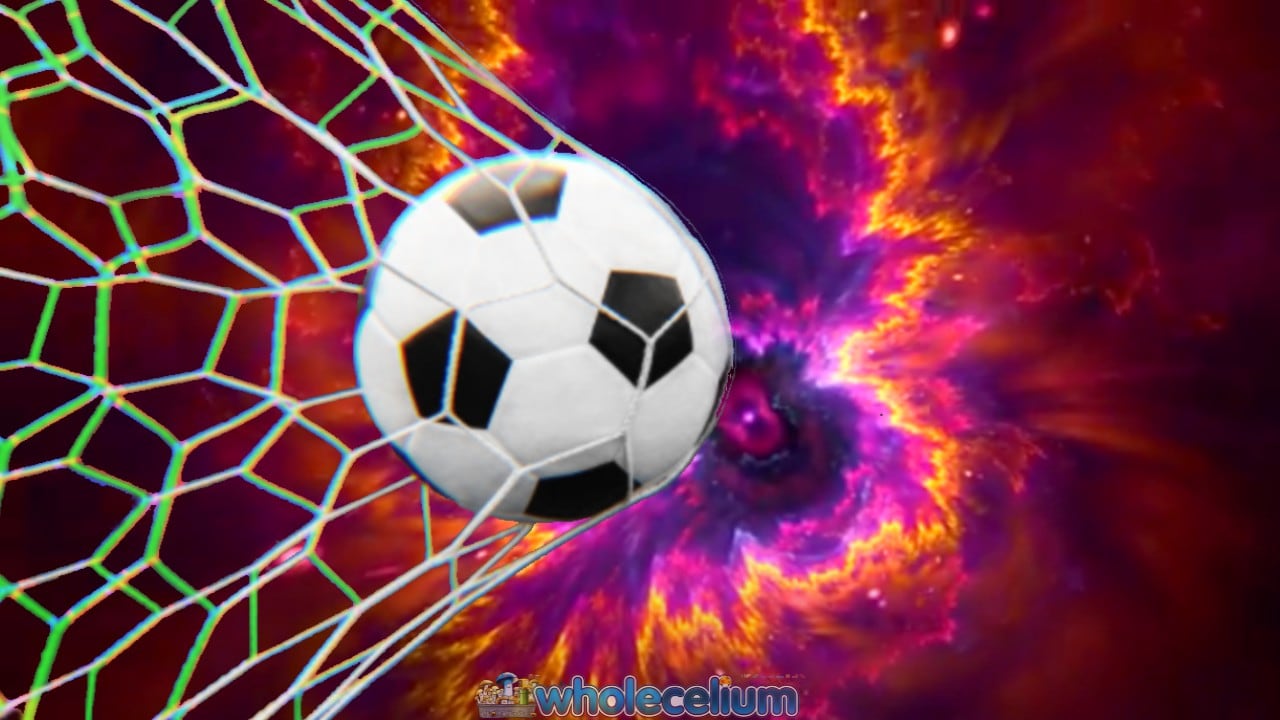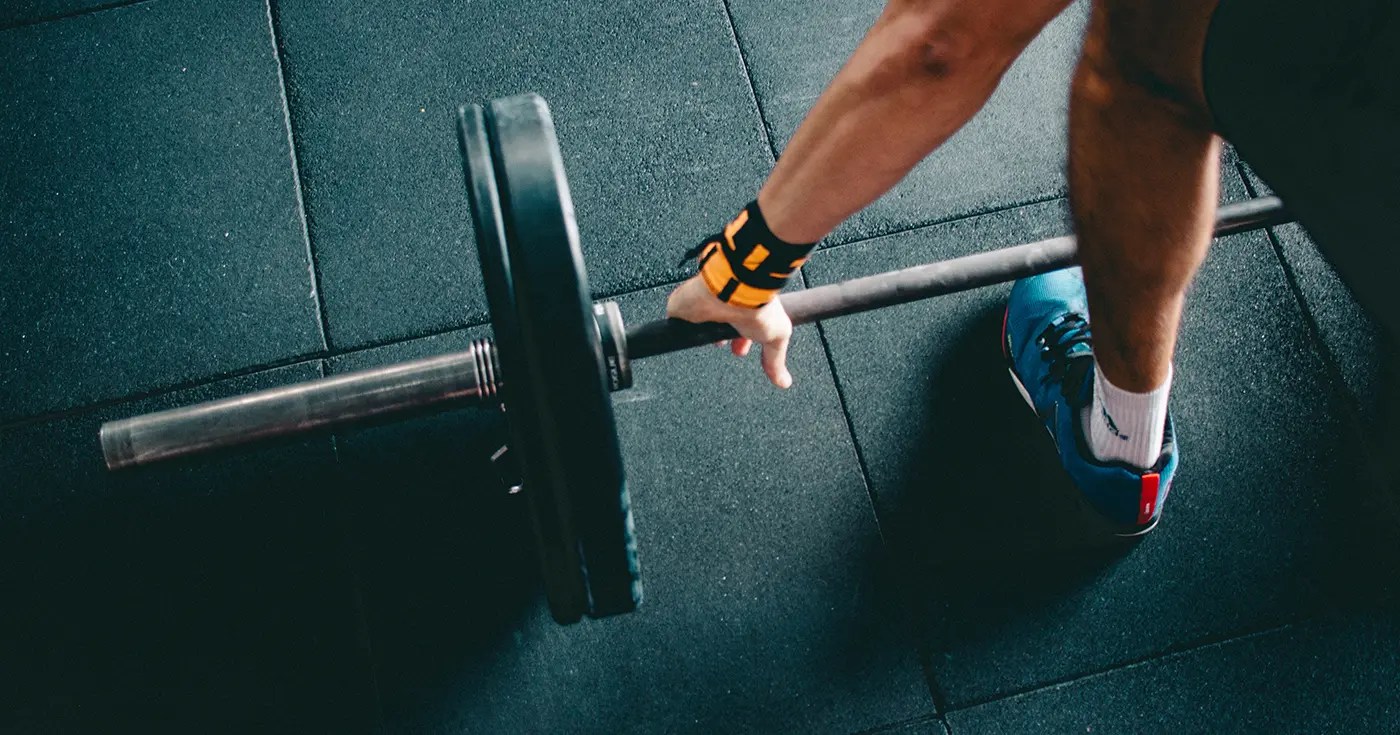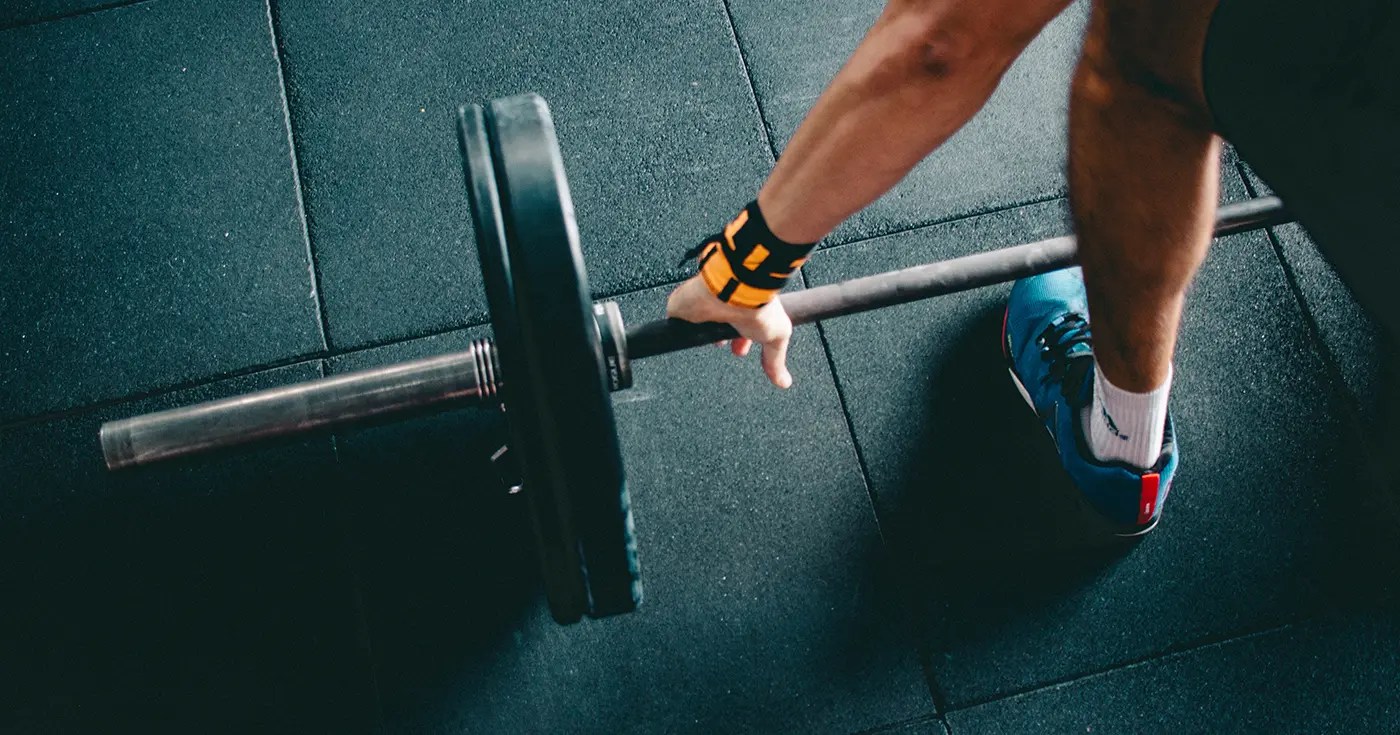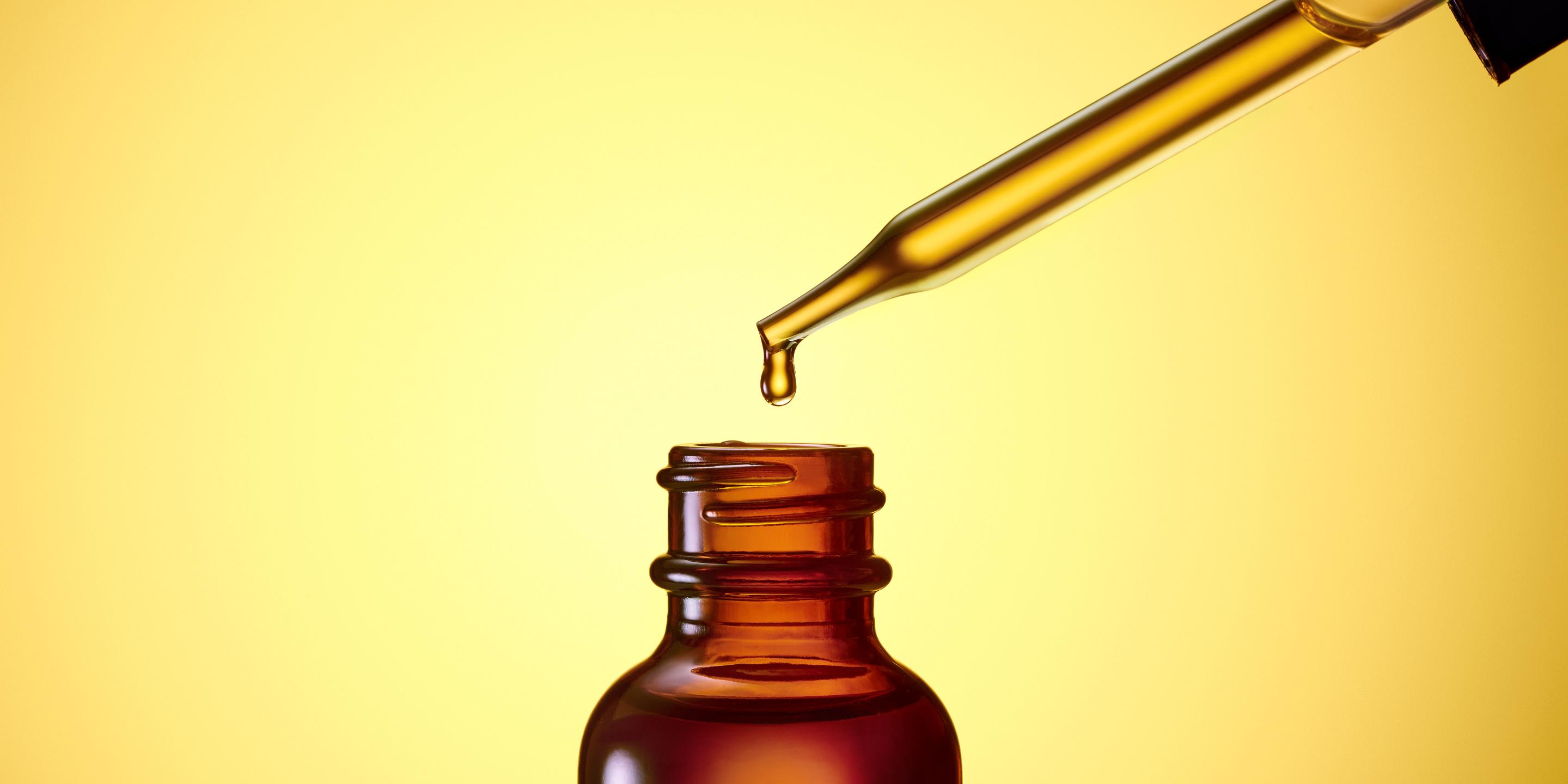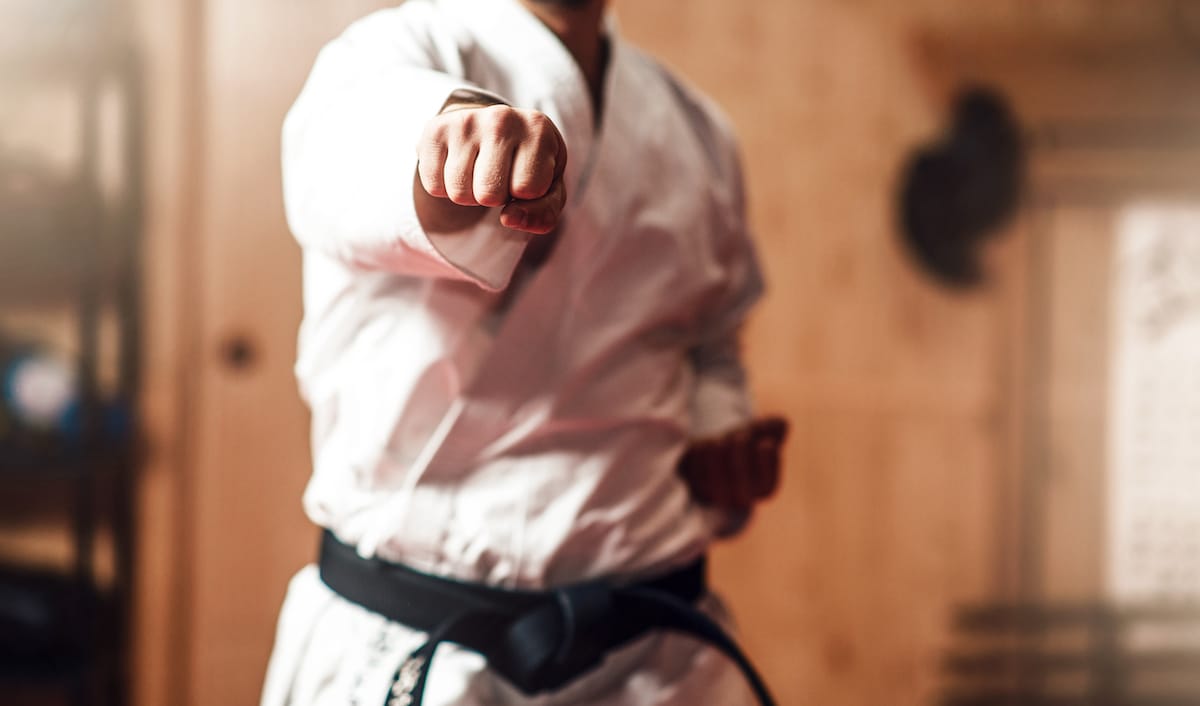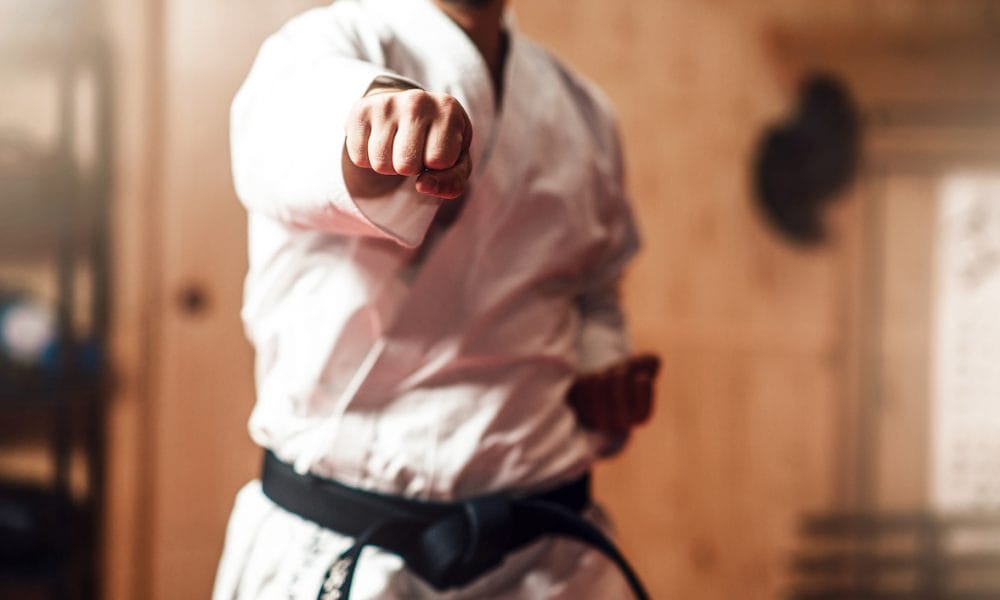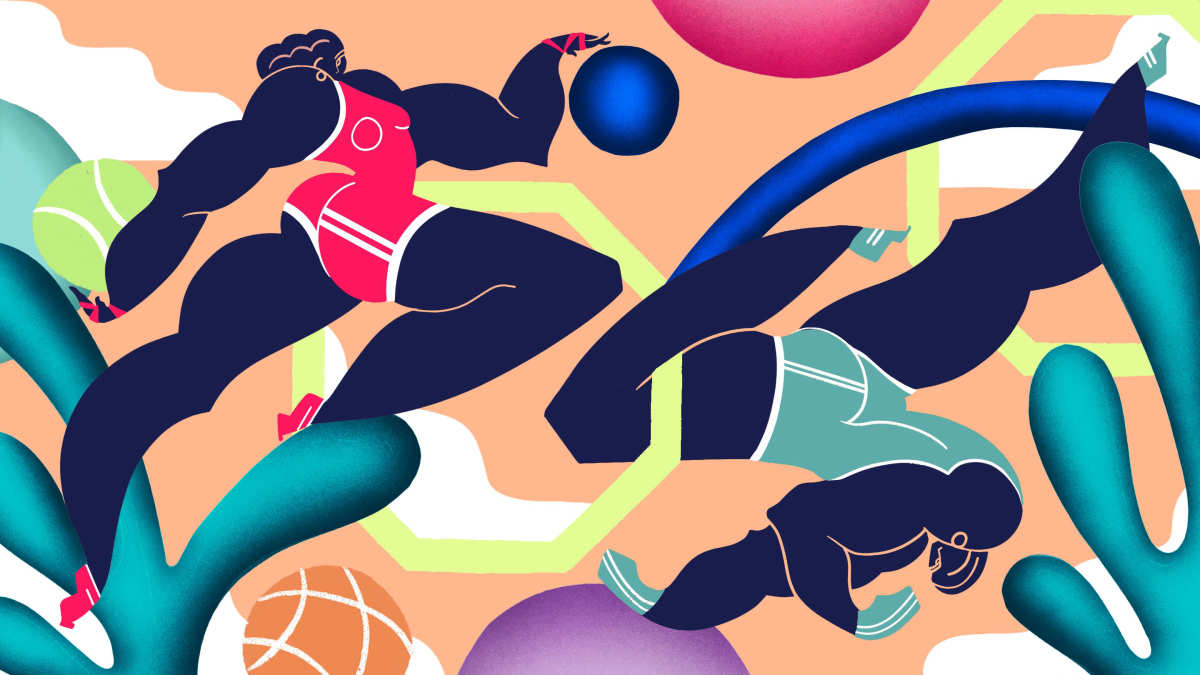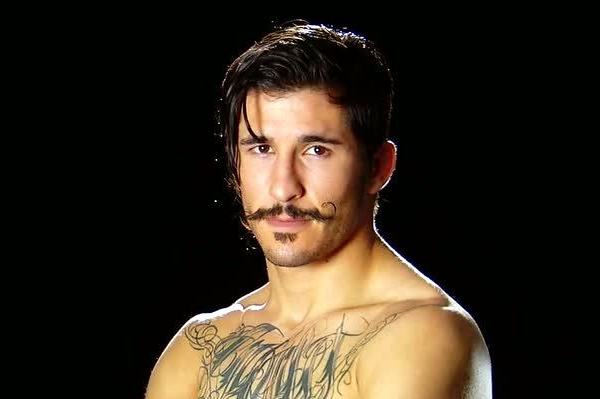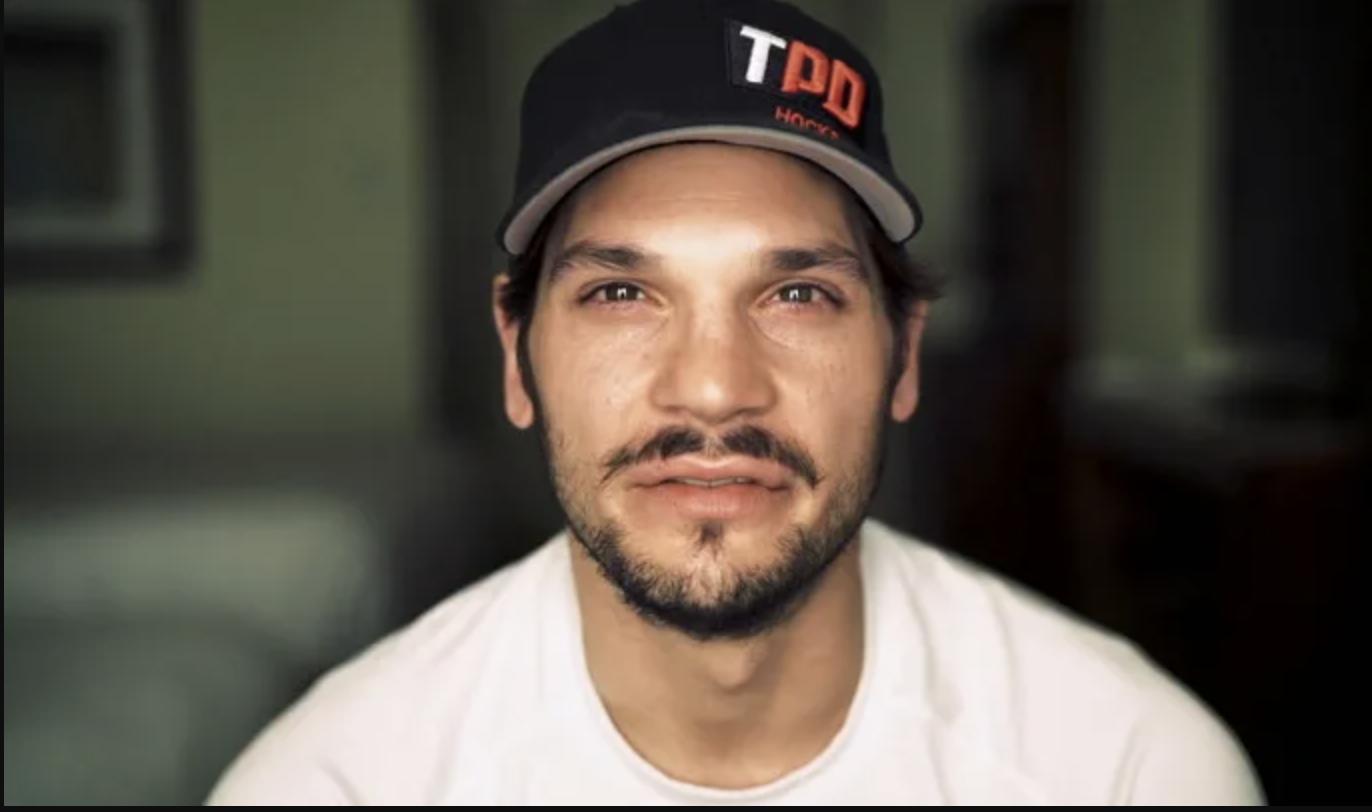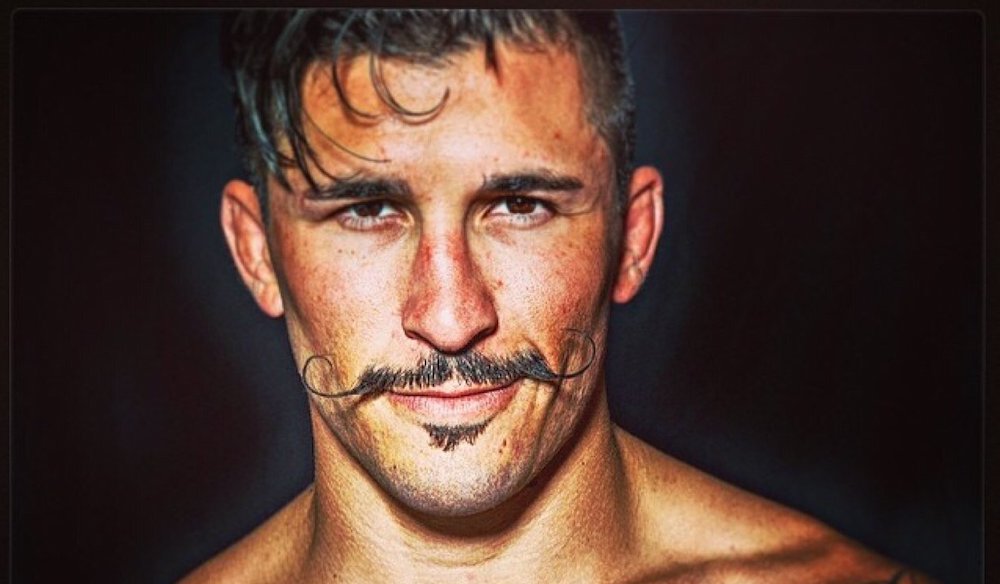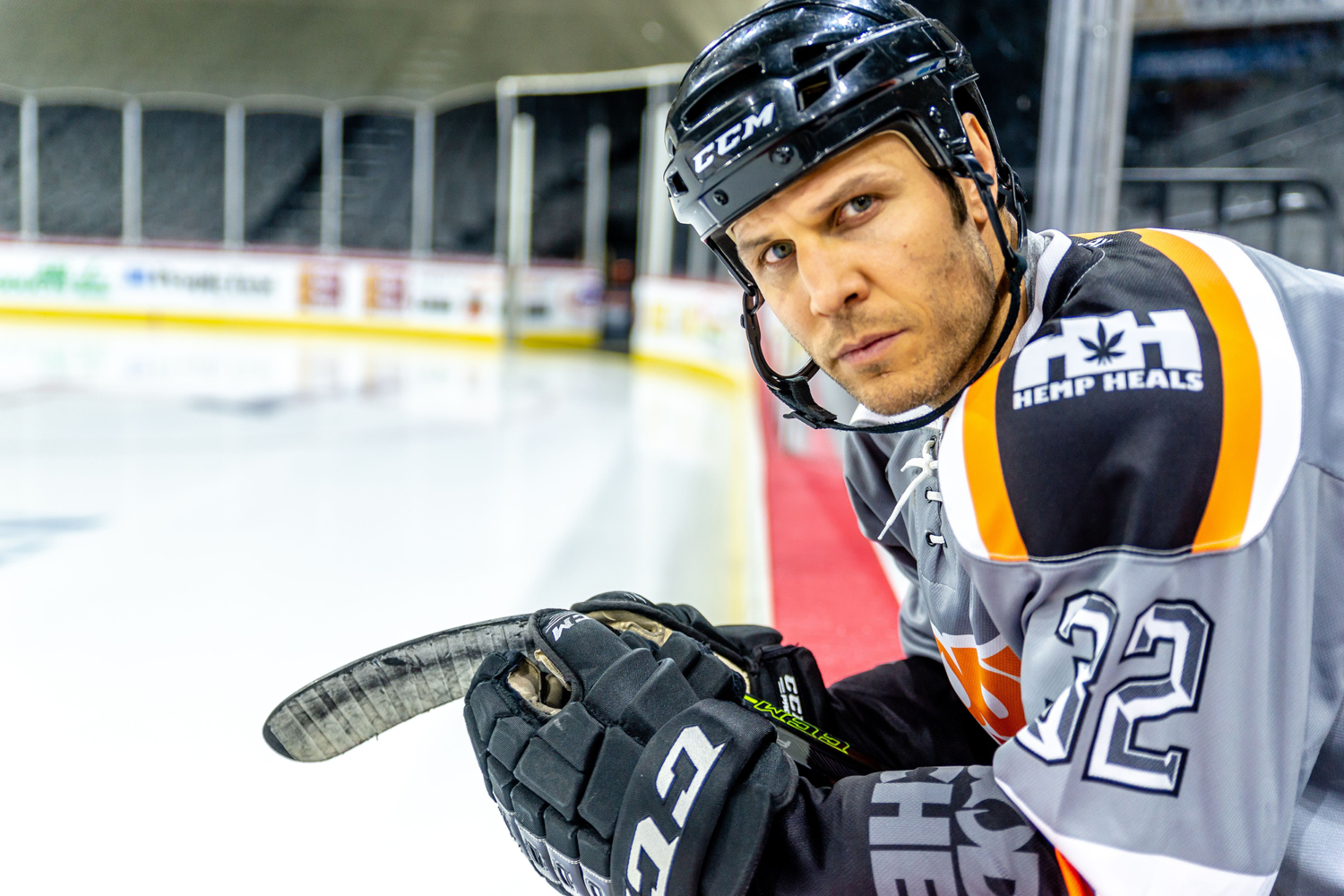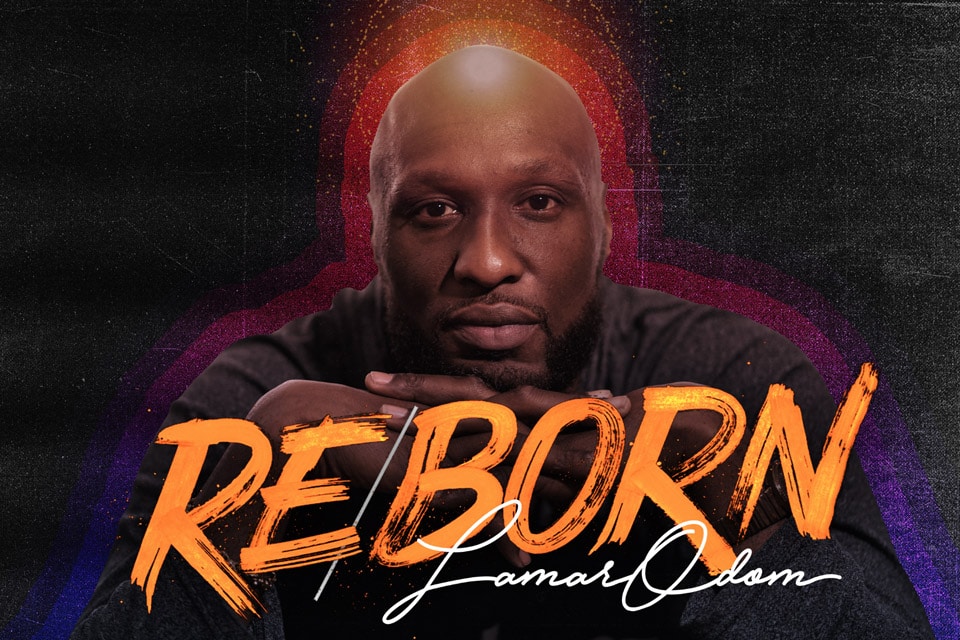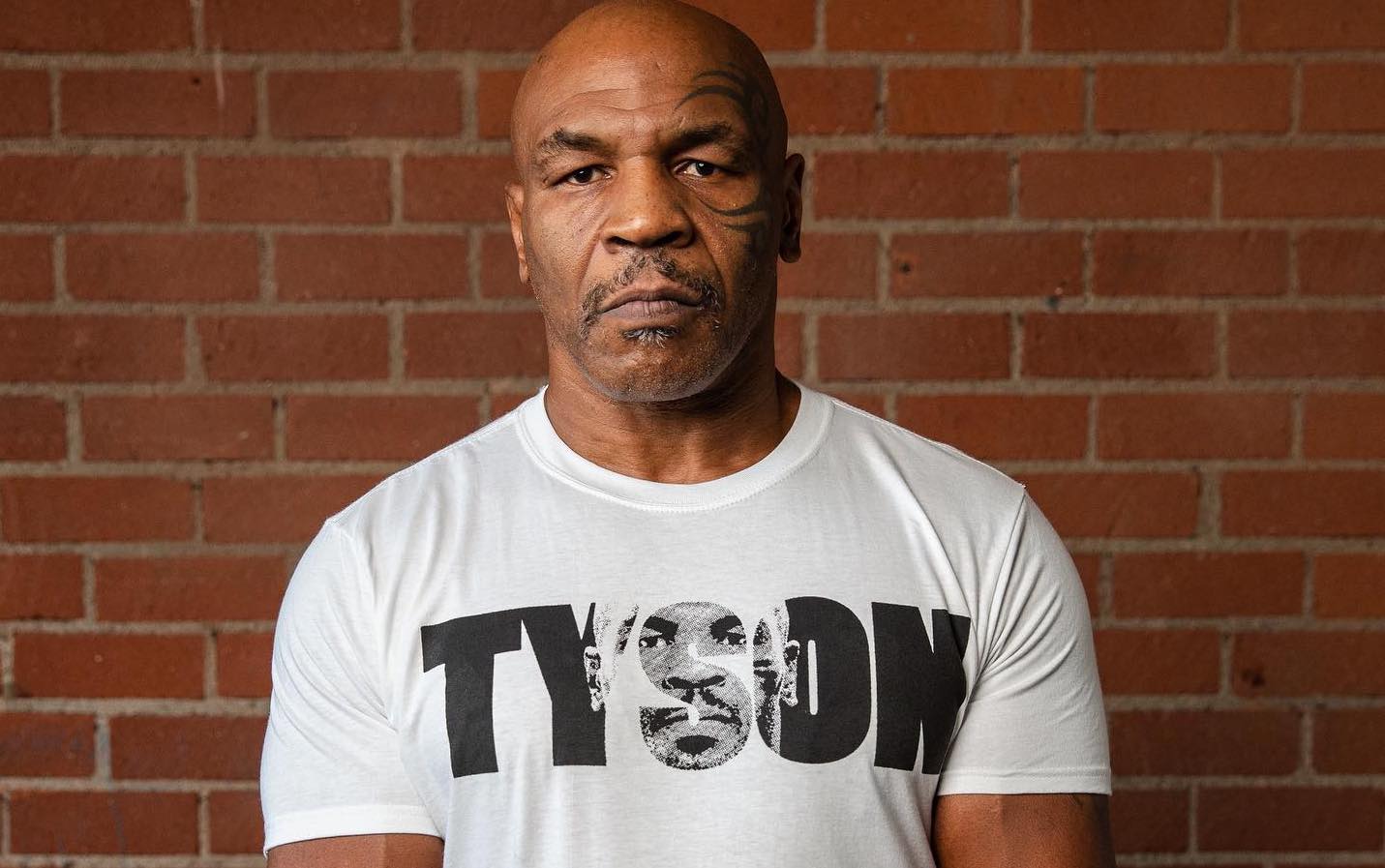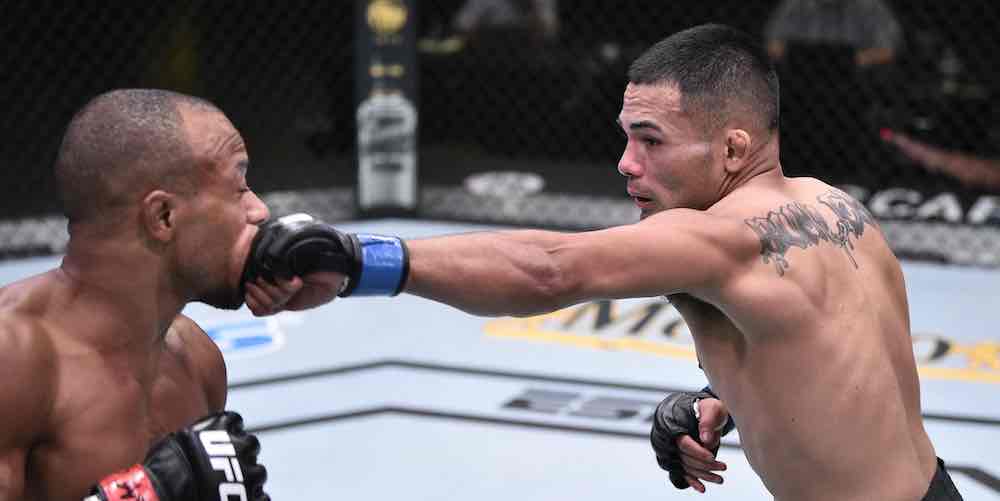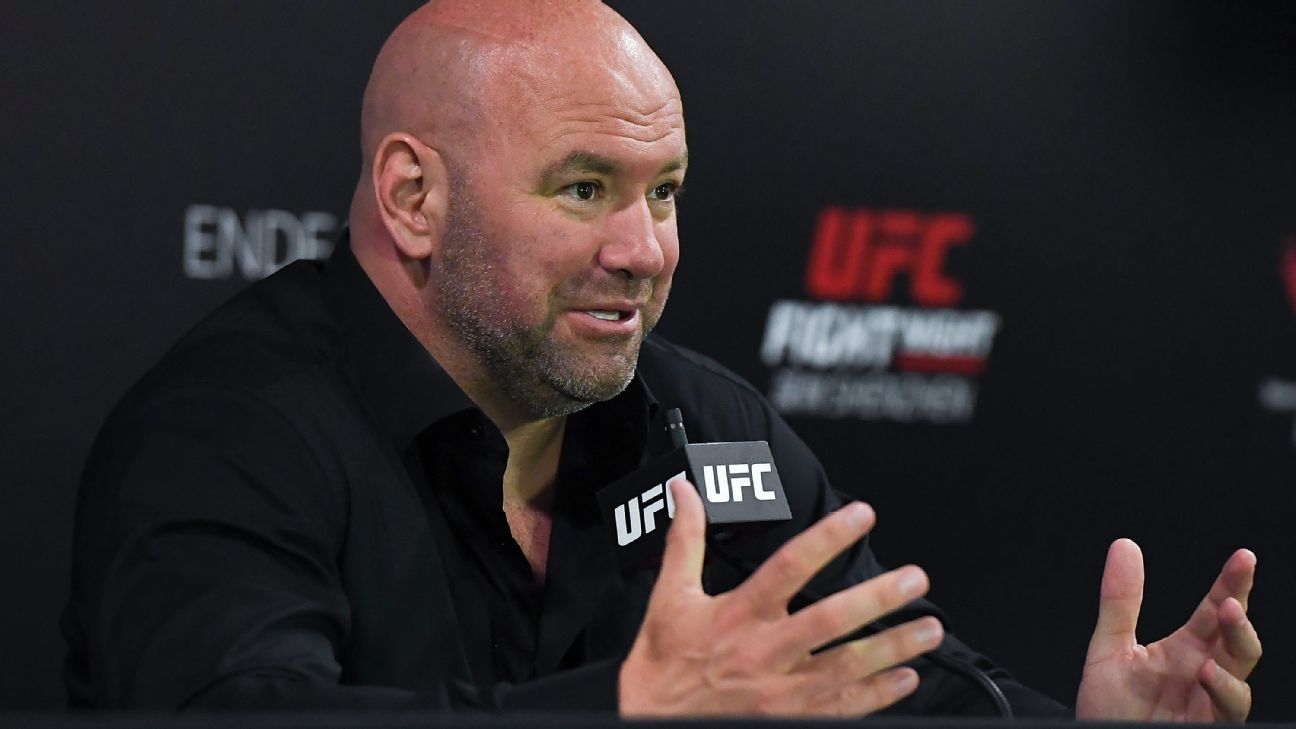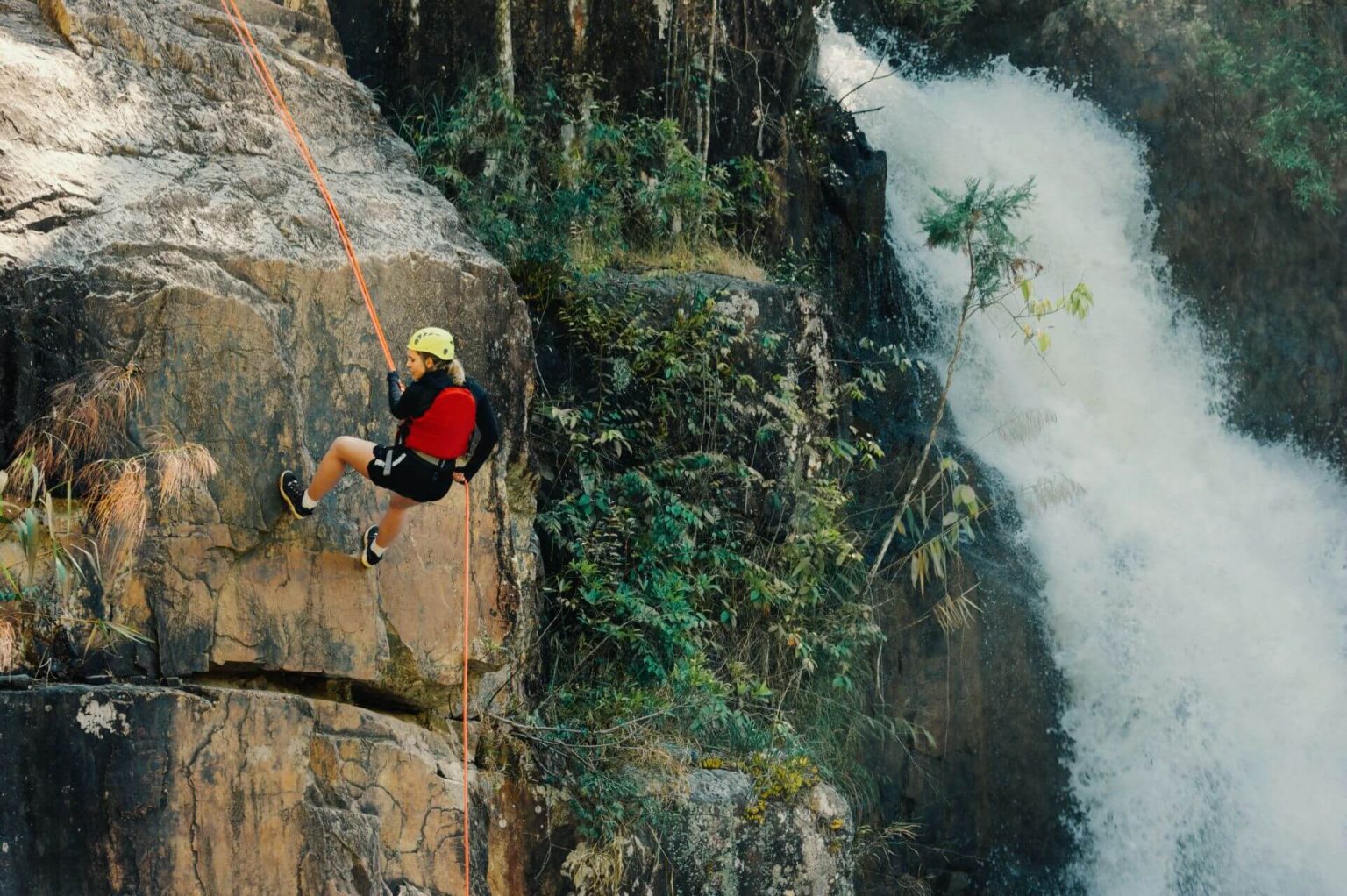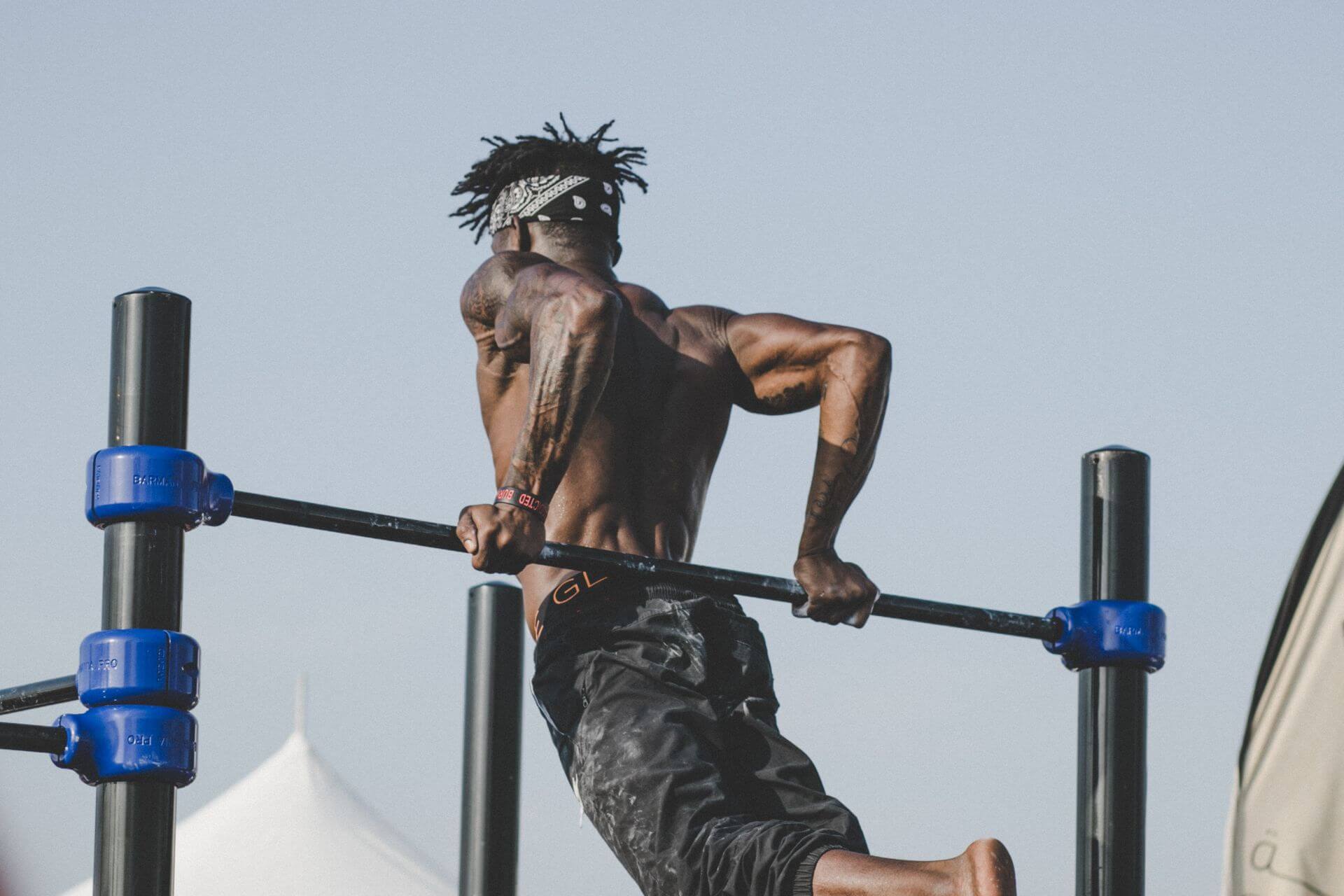33 days of microdosing psilocybin to measure changes to athletic performance
by Michael Woronko | Medium | 14 Feb 2020
Truth be told, it wasn’t 33 consecutive days, but as any micro-dosing advocate would suggest, days off are necessary. And while everyone chimes in with their own suggestion towards how best to structure days-on and days-off, I figured to simply do whatever I felt was adequate as I micro-dosed psilocybin mushrooms for over a month in an effort to measure its effects on my physical and athletic capability.
Presented below are the extremely condensed results of my work. Given the current legislative atmosphere throughout North America, I’m choosing to not publish the full results of these findings to the public domain. A full copy of the study can be requested here.
There’s also a need to disclose that any scientific studies into the apparent benefits of psychoactive substances are all steeped in risk of bias; this particular ‘study’ is no exception, as I had gone into this experiment with certain preconceived expectations that could not be eliminated. With respect to psilocybin in particular, there is currently no academic study that purports to examine its use in an athletic or sportive context.
Note that this endeavor itself is not scientific nor academic in nature — it had been conducted under an entertainment pre-text and driven by honest curiosity. Academia itself is currently spinning its circles and rushing to quantify pro-psilocybin results to better-accommodate a wave of start ups that is currently coursing its way through this sprouting new industry; accordingly, I figured to try and provide honest results based on mounting interest in this subject.
Introduction
No self-improvement trend has ever swept its way through online forums and work spaces in the way that micro-dosing has, with psilocybin promising to be the be-all, end-all wonder drug that propels motivated success-seekers to unprecedented pinnacles of self-mastery.
On the heels of cannabis legalization sprawling throughout North America, all eyes are now eagerly fixed upon the slow but all-too-sure legalization of psilocybin, surfing atop a vast wealth of praise (from both therapeutic and pop-cultured standpoints) as cannabis itself had done only years prior.
The reverberating accounts emanating from Silicon Valley are leaving hoards of consumers in a frenzy to micro-dose their way into cognitive improvement — if not perfection. And, while studies are all too eager to tout the apparent benefits of micro-dosing mushrooms, they’re unable to truly circumvent the ever-frustrating placebo effect, as questions remain over how else this once-notorious drug can actually help us on a daily basis.
The first thing to understand about micro-dosing psilocybin is that, despite what many people think, the effects are incredibly subtle. Compounded with the fact that most people who micro-dose are already eager to achieve results surrounding self-improvement, the placebo effect is exceptionally potent in this context.
Beyond this, there remains little to no actual work done to study the potential of psilocybin use in a sportive environment; while some studies are beginning to ascertain that micro-dosing can lead to improved cognitive function, there still remains very little academic research into this subject.
So I figured to try this for myself — to actually try and measure my physical (and partly mental) experience of psilocybin’s psychotropic effects when ingested in a psycholytic manner under a sportive context; basically put, to micro-dose mushrooms and participate in a variety of athletic activities, being very weary of the placebo effect whilst also noting all aspects of my performance in excruciating detail.
To set a context — I’m middle-aged, live a healthy lifestyle and am fervently interested in self-improvement — the latter detail being of particular importance due to its manifestation of any placebo-induced motivation.
Using the most common strain of psilocybin (Golden Teacher), I measured myself among the following spectrum of categories:
Motor Skills and Reflexes
Cognizance and Focus
Strength Performance and Explosiveness
Overall Strength Endurance
Cardiovascular Stamina
Motivation
I took part in a variety of different activities, which included:
Dodgeball
Strength Training
Jogging & Trail Running
Hatha Yoga
Several points to be noted:
∙ I had base-lined everything for two weeks prior, and two weeks post, the study period, noting my findings in as much detail as possible to provide the most fair comparison possible.
∙ Two weeks before, during, and two weeks after this 33 day experiment, I made no changes to my sleep patterns and my nutrition routines, nor did I supplement my athletic performances with any other substances apart from creatine and amino-acid-based pre-workout supplements (which I’ve been taking regularly throughout the last few months).
∙ Upon commencing, I started with very minuscule doses and worked my way up incrementally, usually by 0.02g-0.04g per session. The typically-suggested micro-dose usually hovers between 0.20g-0.30g; I had started with 0.15g (whereby I felt nothing at all) and eventually found that 0.30–0.35g had been too potent of a dose given the onset of fatigue-like symptoms. My ideal range hovered between 0.18g to 0.28g, depending on the activity.
∙ I had decided to directly consume the psilocybin by way of oral ingestion in a fine-powdered form (not utilizing any capsules or mixing it in with any any liquids/foods). I had consumed the dose roughly one hour prior to the engagement with any activity.
∙ Given the usual likelihood of injury, I chose not to experiment in any martial arts formats nor any sports which may put others at risk (i.e. snowboarding, hockey, football).
- No alcohol, cannabis or other narcotics had been used in conjunction with any consumed psilocybin; no psilocybin had been shared with anyone outside of the study; I had not driven whilst impaired and had not engaged in any activity unless I felt that I had absolute control over myself; lastly, no injuries (mental or physical) occurred during this trial.
Dodgeball
I had participated in two games of competitive, team-based dodgeball during this experiment, having played numerous games before and after the study itself had been conducted. I felt that dodgeball itself would provide an opportune environment to measure motor skills, reflexes, cardiovascular stamina and the intangibles (like competitiveness) in a safe way.
The following effects had been noted from two games played; the first having been played with a dose of 0.22g, and the second with a dose of 0.28g:
- Increased cardiovascular stamina (0.22g and 0.28g)
- Increased focus (0.22g)
- No observable change in motor skill/reflexes (0.22g and 0.28g)
- Decreased sense of competitiveness (0.28g)
- Increased sense of immersion into the activity/excitement (0.22g and 0.28g)
Notes:
∙ I found that taking a dosage on the higher end of the spectrum (0.28g) resulted in a mild depression of overall attitude and, to some extent, cognizance and competitiveness.
∙ However, a dosage on the lower end of the spectrum (0.22g) resulted in slightly improved focus and attention, which had been compromised on the higher end of the spectrum. I had also experienced an increased sense of excitement, correlating to the findings of one particular academic study that noted improved mood due to micro-dosing psilocybin in a general context.
∙ Across both doses, I felt less ‘egotistical’ about my performance and tuned myself in to the actual enjoyment of the sport, becoming more immersed in the activity despite losing my sense of competitiveness. Physically, both dosages seemed to contribute to a perceived (and seemingly actual — as elucidated from other activities) increase in cardiovascular stamina and physical endurance, noting noticeably more energy at both the 0.22g and 0.28g dose level.
∙ This may possibly be due to a relaxation of social tension; with ego and competitiveness set aside, I had been able to perceive the activity more purely. This would correlate to a cannabis-based studies conducted in 2005 which had found that the relaxing properties of cannabis could be used to enhance sportive performance.
∙ As much as I would have like to say that there had been an increase in my reflexes, motor skills and hand-eye coordination, I felt no observable change across both doses. I would later come to learn that my focus could possibly see an improvement, albeit in a different environment whereby I’m engaged in a different type of activity.
∙ However, despite there being no way to really confirm, I felt that some of these impressions went beyond mere placebo effect. Namely, the slump that I had felt in my sense of competitiveness when taking a higher dosage of 0.28g — this would be later validated during other activities as a recurring effect.
Strength training / weights
I had participated in a variety of exercises including free weights, floor exercises, resistance training, and other fitness routines throughout the 33 days, aiming to note any clear physiological changes stemming from micro-dosing psilocybin in an incremental manner.
I had started by taking a dose of 0.20g during the first week, 0.24g during the second week, 0.28g during the third week and 0.30g during the fourth week; I had not felt comfortable taking a higher dose as I had experienced a complete lack of motivation at the 0.30g dose level.
The following effects had been observed:
- Slightly increased focus (0.20g, 0.24g and 0.28g)
- Decreased motivation at higher ends of the dose spectrum (0.28g and 0.30g)
- Slightly increased endurance/stamina on lower ends of the dose spectrum (0.20g and 0.24g)
- No perceived or actual increase in strength capacity
Notes:
∙ I observed that I had been able to focus more clearly on the physical tasks at hand across all dose levels; however, I’m choosing to write this off as a mere placebo effect given the fact that I had been closely monitoring my physiological and cognitive responses — something that I don’t do regularly.
∙ There had been no perceived change in increased or decreased work capacity, though it is worth noting that prior academic studies into cannabis-influenced athletic performance did yield a finding of reduced physical work capacity, likely due to mental faculties being influenced by the psychoactivity of the substance. Unfortunately, my experience could neither validate nor refute this finding.
∙ At the higher end of the dose spectrum, I felt a drastic drop in motivation to continue the exercise and felt somewhat of a physical fatigue, all contributing to a clear disinterest in this particular activity. This decrease in motivation had been evident at 0.28g and overpowering at 0.30g.
Jogging / Trail Running
I had taken part in frequent running-based activities that ranged from light jogging to heavy sprinting in a multitude of different conditions (from treadmills to trails) as a means to further expand on the cardiovascular aspect of this experiment.
I had participated in these running activities at dosages of 0.22g, 0.24g and 0.28g in no particular order.
The following effects had been observed:
- Notably increased cardiovascular stamina (0.22g, 0.24g and 0.28g)
- Slightly increased motivation (0.22g and 0.24g)
- Increased enjoyment of/immersion in the activity (0.22g, 0.24g and 0.28g)
- Improved motivation (0.22g, 0.24g and 0.28g)
Notes:
∙ I observed a clear improvement in my cardiovascular ability; unfortunately, I’m not entirely sure why and I can’t necessarily disentangle the placebo effect, though my theory is that the mind is able to become more immersed in the activity in a way that minimizes its awareness of fatigue. This may correlate to cannabis-based findings cultivated from various studies that found there to be a noticeable change in pain perception among athletes.
∙ I enjoyed an increased sense of motivation and excitement over the activity itself, as if the expulsion of energy felt much more enjoyable than it otherwise would.
Hatha yoga
I had taken part in two hatha yoga sessions, both one hour in duration; one session had been performed with a dose of 0.22g and the other with a dose of 0.30g. It had been my hope that yoga would demonstrate changes in both effort and focus, allowing me to gauge the effect of psilocybin on a more mentally-centred physical activity.
The following effects had been observed:
- Decreased motivation and mild fatigue (0.30g)
- Noticeably increased sense of focus (0.22g and 0.30g)
- No change in effort capacity or physical capability
- Increase in heart rate (0.22g and 0.30g)
Notes:
∙ One particularly unexpected observation had been an apparent increase in my heart rate; however, as I did not have any proper measuring instruments, this finding remains inconclusive at best and will be revisited during further studies. It may be worth noting that increased heart rate had been found to be a common experience during cannabis-based trials relating to athletic performance as studied by Steadman and Singh in 1975.
∙ I had experienced a noticeable increase in focus during this activity, likely due to the contemplative and slow-paced nature of yoga itself. Similar to running (see findings above), I had been able to focus my mind to the task at hand more easily.
Conclusions
Subsequently, my findings had led me to some notable realizations that had been validated, repeatedly, across the numerous activities that I had participated in.
Unfortunately, the placebo effect remains a real phenomenon and is very difficult to disentangle from the actual effects micro-dosing psilocybin, which is exceptionally subtle when taken at a psycholytic level (from my experience, between 0.20g and 0.24g) and slightly less subtle between 0.26g and 0.30g.
In terms of benefits, the biggest take away is two-fold, from both a mental and physical aspect:
Psychologically, I noted a definite change in my ability to focus on certain tasks at hand under certain contexts. While this enhanced sense of focus didn’t come from improved cognizance or reflexes (as I initially hoped), it did come about during athletic activities of a solitary and contemplative nature — such as running and yoga. It was as though the background noise and chatter of the mind had subsided and allowed me to become more immersed in the activity, allowing me to feel my leg muscles strain or my engagement with a particular pose or maneuver in a more more honed-in way.
Physically, I noted a clear improvement to my cardiovascular capability. I’m not sure if this may stem from a placebo effect or if the mind is simply not as engaged with an activity in the same way that it otherwise would be; my personal observation is that, by being more immersed in an activity, the parts of the mind which regulate feelings of fatigue may be less vocal throughout activities that demand increased stamina. My opinion is that the mind is largely what imposes certain limits we have on our physical capabilities — to an extent. An influence to the mental faculties can possibly serve to expand on these self-perceived limits, allowing for the individual to push themselves harder than they normally would with perceived ease.
Of the numerous drawbacks relating to micro-dosing psilocybin, the most obvious one to me is the mental (and, accordingly, physical) fatigue that sets in with higher doses, whereby motivation is eliminated and disinterest becomes prominent. I’d imagine that higher doses are not conducive with physical activity, but I remain curious to see if this can be conditioned. While fatigue has been noted in some other studies as a result of taking a higher-level dose, there is no correlation between psilocybin and a physical-depression of the central nervous system.⁸
It’s also worth noting that I had experienced a decreased egocentric perspective, which can affect competitiveness in a team-based sport setting, but I feel that this largely depends on personality; in other words, I figured to enjoy a competitive activity rather than try to out-compete others.
Other miscellaneous findings:
∙ Tolerance of psilocybin builds noticeably over 2–3 weeks; possibly skewing results.
∙ At times, I had experienced very mild social anxiety and self-consciousness; at other times, I had experienced increased social tendencies in the same setting.
∙ There had been, at no point, any concern about a loss of control over my motor functions, no demonstrable loss of cognizance or rationality.
Truth be told, it hadn’t been 33 consecutive days. As any micro-dosing advocate would suggest, days off are necessary. And while everyone…

medium.com
